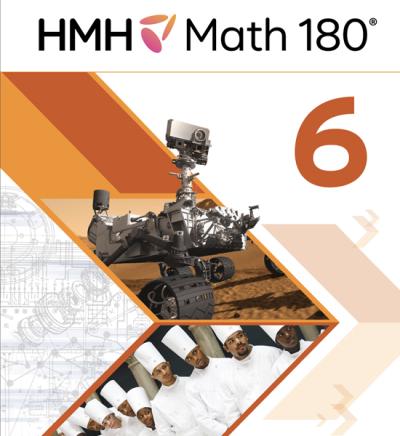Evaluation for 5.5a
TEKS process standards are integrated appropriately into the materials.
The materials highlight a "Mathematical Thinking" strategy throughout each lesson and specify how the concept connects to the strategy. The strategy "[h]ow to make use of structure" makes connections for educators to select appropriate tools. The Math 180 online student platform integrates the TEKS process standards by beginning each lesson in the "Learn Zone" with an instructional video that models key mathematical skills and thinking strategies. Students then engage in repeated, interactive practice that supports the development of reasoning, pattern recognition, and other essential habits of mathematical thinking. This structure ensures that process standards, such as problem-solving, reasoning, and making connections, are embedded throughout the learning experience. The materials include the integration of the TEKS process standards in the "Learn Zone." In the "Learn Zone," students complete repetitive practice that supports reasoning, pattern recognition, and other TEKS process standards. Each lesson includes a Do Now and an Exit Ticket question, which prompt students to use multiple TEKS process standards, such as problem-solving and communicating mathematical ideas. The materials provide students with opportunities to apply the TEKS process standards through problem-solving lessons. For example, in the "Rates and Ratios Series," Block 2, Topic 1, Lesson 1, students are given a real-world problem to solve using rates and predictions. Students are asked to analyze data, create a model, explain their reasoning, and make predictions based on their work. The materials provide students with opportunities to apply the TEKS process standards through Performance Tasks at the end of each block. The Performance Tasks allow students to analyze real-world problems, formulate plans, explain their thinking, and evaluate their work. For example, in the "Proportional and Linear Relationship Series," Block 3, Performance Tasks, students are prompted to determine the profitability of their business through a variety of scenarios. Students determine the revenue, cost, and profit; calculate the amount of time spent on their business to determine their rate per hour; and then use those to answer "Explain" and "Reflect" questions. The Alignment Guide indicates where each of the TEKS process standards is addressed in lesson materials. The Alignment Guide provides the process standard that is covered and where, which questions and tasks cover the standard, and a direct link to the lesson materials. While the materials do not reference the TEKS process standards explicitly, the ideas and concepts from the process standards are addressed in the materials.



